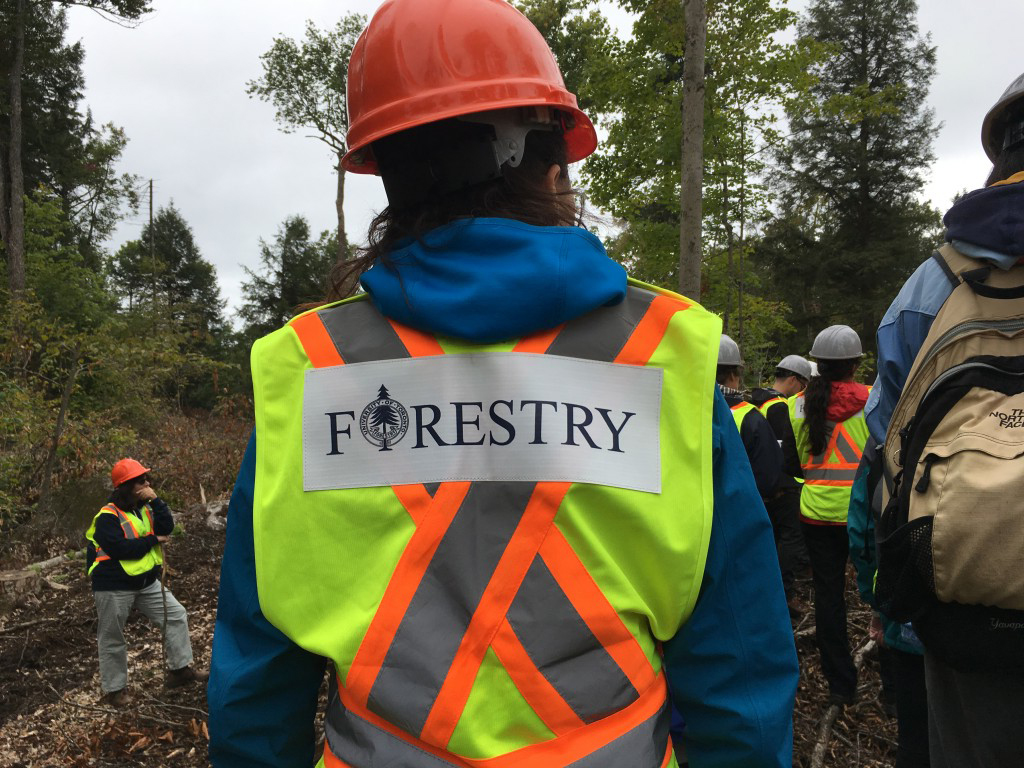 The University of Toronto is in the final stages of a plan to get rid of its Faculty of Forestry and move forestry staff, faculty, students and programs into the John H. Daniels Faculty of Architecture, Landscape, and Design as of July this year. A news release from the university says that, “The proposal would go through the governance process beginning on May 9.”
The University of Toronto is in the final stages of a plan to get rid of its Faculty of Forestry and move forestry staff, faculty, students and programs into the John H. Daniels Faculty of Architecture, Landscape, and Design as of July this year. A news release from the university says that, “The proposal would go through the governance process beginning on May 9.”
The abolition of the Faculty of Forestry as a standalone faculty is one of the worst ideas in the long history of the University of Toronto. In an era of climate change, forests are the key to sustaining life on earth. Forests sequester carbon, emit oxygen, filter precipitation, absorb rain and protect ecosystems from erosion. We need forests. The U of T should show pride in its Faculty of Forestry, and invest in it.
The Faculty of Forestry at the University of Toronto has a proud history. The faculty opened its doors in 1907, making it the oldest forestry faculty in Canada. Plaques displayed in the Earth Sciences Centre attest to the men of the faculty who gave their lives in World War I and World War II.
We live in a time of uncertainty about the climate, with news of floods across Canada. Trees are sponges that soak up water. Foresters trained at the U of T knew that more than a century ago. By the turn of the 20th century, settlers had cut down much of the forest on the Oak Ridges Moraine and east to Northumberland County. The topsoil proved too thin to support agriculture, and blew away, resulting in mass desertification and devastating annual floods in Port Hope and other communities.
 Foresters knew what to do. These U of T foresters mobilized the government of Ontario to set up a network of tree nurseries across Ontario. A massive, province-wide campaign to plant trees ensued. To this day, red pine and white pine plantations in a wide band of the northern GTA attest to the wisdom of this prescription. The floods in Port Hope ceased after mass reforestation of the Ganaraska River valley. In 1968 John Robarts, then the premier, planted the one-billionth tree: a sugar maple grown at the St. Williams provincial government nursery. Robarts also gave his name to the university’s flagship library.
Foresters knew what to do. These U of T foresters mobilized the government of Ontario to set up a network of tree nurseries across Ontario. A massive, province-wide campaign to plant trees ensued. To this day, red pine and white pine plantations in a wide band of the northern GTA attest to the wisdom of this prescription. The floods in Port Hope ceased after mass reforestation of the Ganaraska River valley. In 1968 John Robarts, then the premier, planted the one-billionth tree: a sugar maple grown at the St. Williams provincial government nursery. Robarts also gave his name to the university’s flagship library.
Robert Wright won appointment as dean of the Faculty of Forestry in July of 2017. The university appointed him to abolish the stand-alone faculty, and he has worked hard to achieve that goal. However, at no time between September 2017 and December 2018 did Dean Wright convoke forestry students to discuss plans for the future of the Faculty of Forestry. The dean finally held a town hall to discuss the restructuring only after the 34 students in my cohort, who enrolled in the Master of Forest Conservation in September 2017, had completed their course work and left the school.
Thus the assertion of the U of T provost, Cheryl Regehr, that, “We are strongly committed to using these consultations to identify the best structure for forestry-related academic programs at the University of Toronto,” rings false.
It is time for the U of T community to wake up and save its Faculty of Forestry.
Peter Kuitenbrouwer will graduate with a Master of Forest Conservation from the Faculty of Forestry at the University of Toronto in June, 2019

